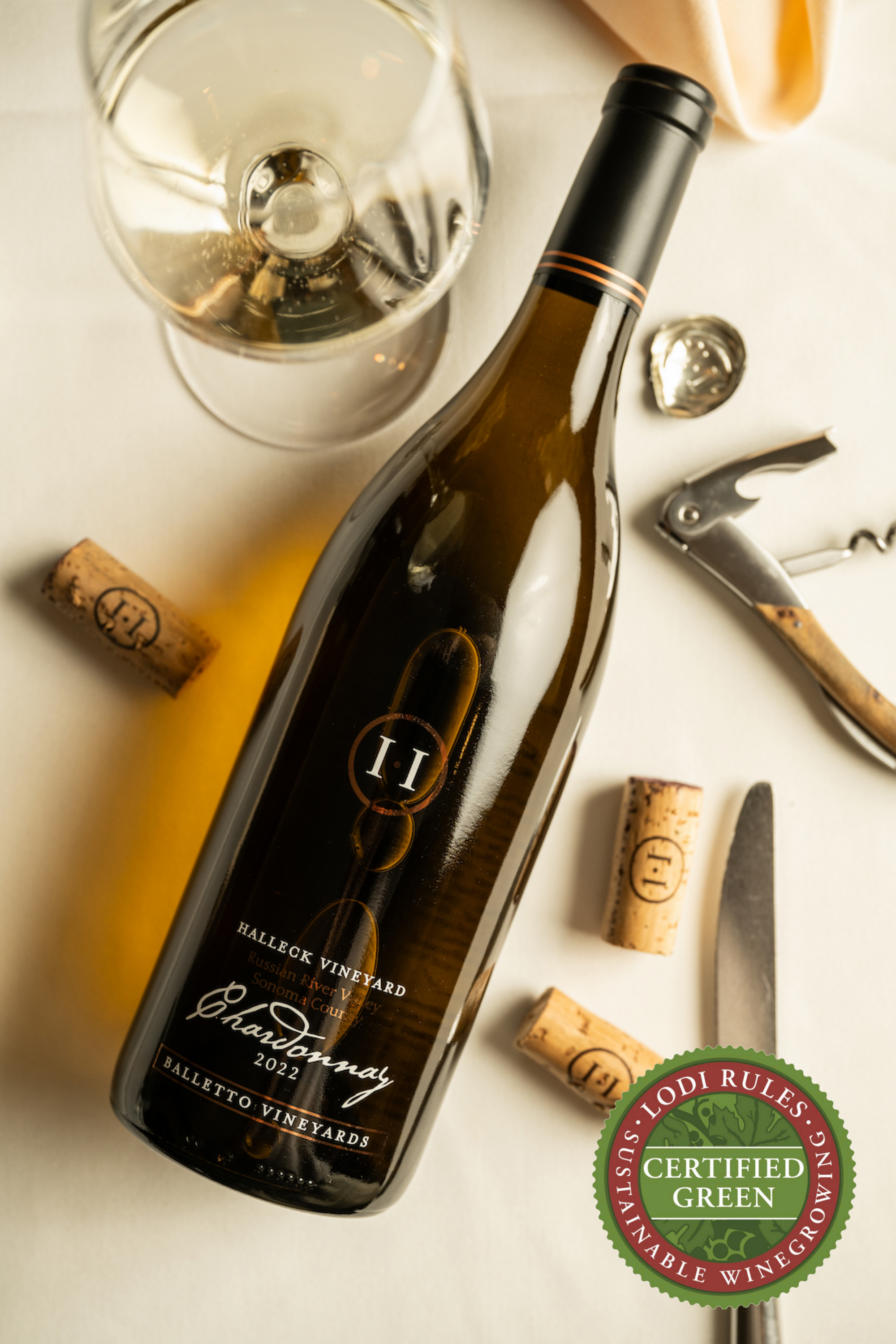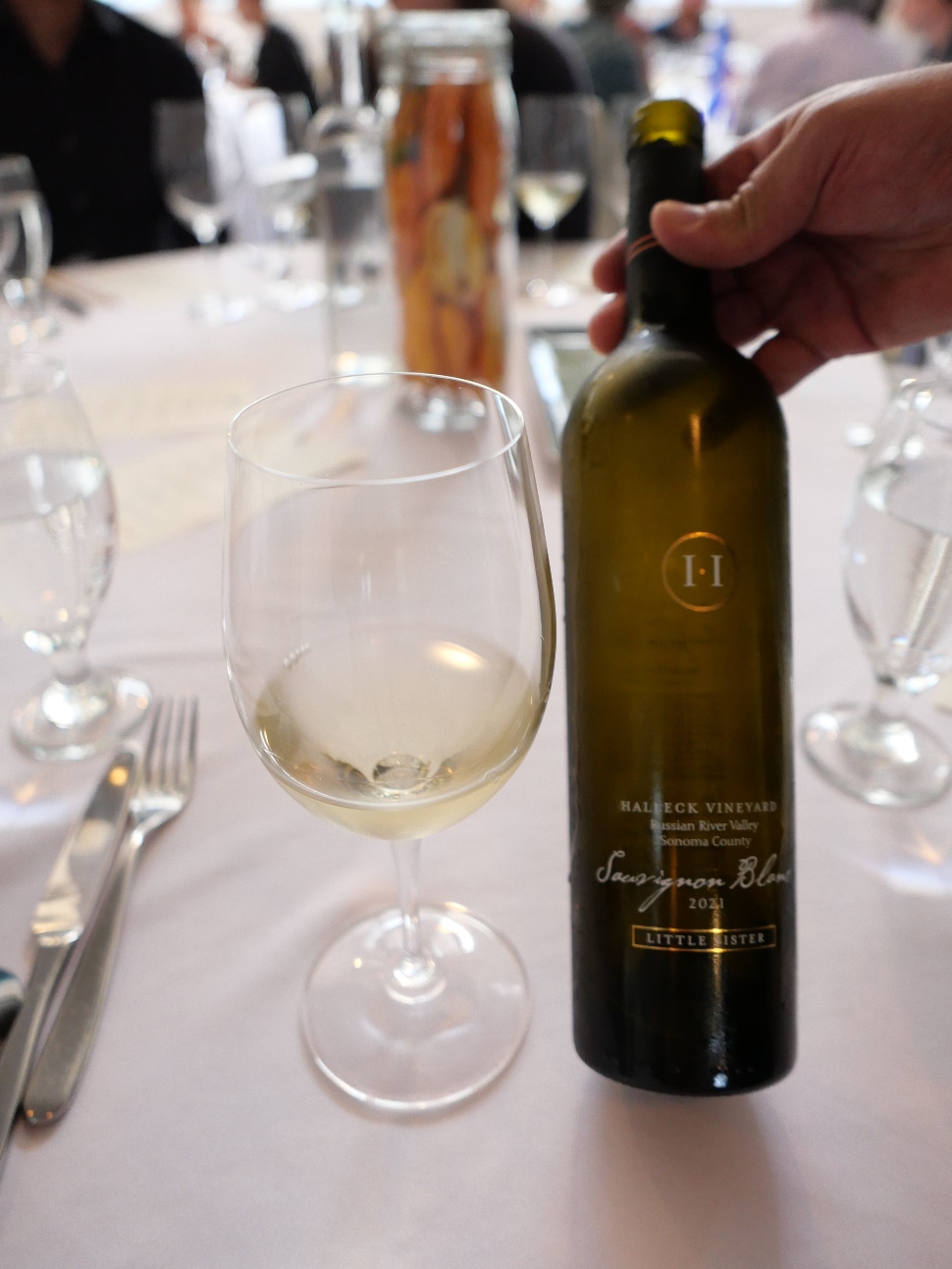Innovative Wine-Making Techniques In Sonoma Valley - Top-Rated Wineries In Sebastopol
Innovative Wine-Making Techniques In Sonoma Valley - Top-Rated Wineries In Sebastopol
Blog Article
Unique Wine And Food Pairings In Sonoma - Top Wineries To Visit In Sebastopol
Wine tasting is an art that combines sensory experience with an appreciation for the nuances of various varietals. How to judge flavors in winery wine tasting periods is pivotal to grasping the complexities of wine.
Participating in a wine tasting entails greater than merely sipping and savoring. It requires a focused approach to identify aromas and flavors that every wine presents. As you start, observe the wine's appearance, noting its shade and readability. These visible cues usually recommend a wine’s age, grape selection, and even potential flavor profiles.
The subsequent step within the tasting process is to swirl the wine in your glass. This action releases fragrant compounds which are very important for analysis. Lean in and take a second to inhale deeply; the aromas can range from floral and fruity to spicy and earthy. The nose of the wine is just as necessary as the palate, and recognizing scents performs a significant role in understanding the overall experience.
When taking your first sip, enable the wine to move across your palate - Scenic Vineyard Tours In Sebastopol. Notice the initial flavors that current themselves. Is the wine fruity, floral, or perhaps herbaceous? This initial style provides perception into what the wine is more doubtless to specific as you continue to gauge it. The mouthfeel also contributes to the general flavor experience; it can be silky, tannic, and even effervescent.
Sonoma's Top Sparkling Wine Producers - Sonoma Vineyards To Explore
As you proceed tasting, take note of the wine’s balance. A well-balanced wine will harmonize acidity, sweetness, and tannins. If one element overwhelms the others, it would indicate a much less desirable quality. Evaluating balance can help you identify how nicely the wine might pair with food.
Transitioning to the end, think about how the flavors evolve as the wine lingers on your palate. A long, nice end can indicate a high-quality wine, while a brief or abrupt end might counsel otherwise. Reflect on whether or not the flavors stay consistent or if new notes emerge as the wine settles. This development can reveal complexities and intricacies which may not have been apparent in the preliminary tasting.
Temperature can also be an important factor in evaluating wine flavors. Different types of wine are optimally loved at particular temperatures. White wines often shine when chilled, while red wines typically carry out best at room temperature. When tasting, make positive the wine is on the applicable temperature to totally recognize its character.
Family Friendly Wineries With Outdoor Spaces - Explore Sebastopol Area Vineyards
Pairing food with wine can tremendously improve the tasting experience. Meals can affect the perception of flavors in wine, both highlighting sure traits or diminishing them. When evaluating flavors, think about how the wine interacts with totally different meals, noticing which flavors are amplified or muted (Vintage Wine Tasting Experiences In Sebastopol).

Contemplate the influence of terroir as you interact in a winery tasting. Terroir encompasses the unique environmental components that affect grape growing, together with soil composition, local weather, and geography. Understanding a wine's terroir can provide perception into its flavors and aromas, fostering a deeper appreciation for the choices made throughout its cultivation and manufacturing.
Schooling plays a fundamental function in enhancing one's ability to evaluate wine flavors. Learning about grape varieties, wine regions, and production methods can pave the best way for more knowledgeable judgments throughout tastings. Moreover, attending workshops or classes can refine sensory skills and increase your flavor vocabulary, enabling you to articulate tasting Going Here notes extra successfully.
Finally, it is essential to remember that evaluating wine flavors is a extremely personal experience. Particular Person preferences and perceptions will invariably shape one’s tasting journey. Enjoyment must be at the forefront, with the analysis course of acting as a device to boost understanding and appreciation somewhat than create inflexible tips.
Charming Wineries Offering Wine And Food Pairings - Iconic Wineries Of Sebastopol
In conclusion, mastering how to consider flavors in winery wine tasting classes entails a combination of sensory engagement, information, and practice. By learning to determine aromas, assess the steadiness, and respect the intricacies of flavor, wine enthusiasts can deepen their connection to every bottle they encounter. As with any art form, the more one immerses themselves in the experience, the extra they may discover and benefit from the huge world of wine.
- Start by observing the wine's color and readability, as these visual elements can trace at its flavor profile and getting older potential.
- Swirl the wine gently in your glass; this releases aromatic compounds, permitting you to better determine the complicated scents associated with the wine.
- Take a deep inhale before tasting, specializing in both main and secondary aromas to collect insights on fruits, spices, and other nuances.
- When tasting, allow the wine to coat your palate; note the preliminary flavors, the mid-palate complexity, and the end as these phases can provide completely different flavor highlights.
- Pay consideration to texture and mouthfeel, as features such as tannin levels, acidity, and sweetness contribute considerably to the overall tasting experience.
- Compare flavors in opposition to commonplace wine traits; for red wines, consider berry notes, oak influence, and natural tones, while whites could embrace citrus, stone fruits, and floral hints.
- Take notes during the tasting session to track your impressions, helping you to recollect and consider the different wines sampled.
- Discuss your findings with fellow tasters or winery employees, as sharing insights can enhance understanding and appreciation of particular person flavors.
- Enable time for the wine to breathe; sometimes, flavors evolve and reveal new dimensions after being uncovered to air.
- Experiment with food pairings during the tasting as they can dramatically alter how flavors are perceived, influencing total enjoyment.undefinedWhat should I search for when evaluating the aroma of wine during a tasting?
Start by swirling the wine in your glass to launch its aromas. Bring the glass to your nostril and take a deep breath. Pay attention to the first scents you detect, as these are sometimes probably the most outstanding. Look for fruit, floral, herbal, or earthy notes and try to establish specific characteristics, which is in a position to deepen your understanding of the wine's complexity.
Wineries Near Sonoma Square - A Winery In The Sonoma Valley To Discover
How can I distinguish between completely different flavor profiles in wine?
Perceive that flavor profiles are sometimes categorized as fruit, floral, herbaceous, spicy, or mineral. Take small sips and allow the wine to coat your palate. Discover the first flavors that emerge first and the subtle notes that follow. This layering is important in distinguishing the wine's traits and can help you recognize its distinctive profile.
Beautiful Picnic Areas At Sonoma Wineries - Vines And Views In Sonoma Wine Country
What is the significance of the wine's texture in a tasting?

The texture of the wine, also recognized as mouthfeel, performs an important position in how we understand flavors. Pay consideration to whether the wine feels smooth, creamy, or gritty. The body of the wine (light, medium, or full) can improve or distinction with flavors, providing a more rounded experience throughout tasting.
How do I assess the balance of flavors in wine?
Balance in wine refers again to the concord between acidity, sweetness, tannin, and alcohol. Take a moment to evaluate whether these parts complement or intrude with one another. A well-balanced wine may have none of its components overpowering the others, creating a pleasing tasting experience.
Wineries Near Sonoma Square - Sonoma Wine Tasting Adventures
What role does temperature play in evaluating wine flavors?
Temperature can significantly impact the notion of flavors. why not look here Generally, red wines are finest served barely beneath room temperature, while white wines benefit from being chilled. As the temperature modifications, the aromas and flavors can shift, permitting you to perceive completely different characteristics. It’s essential to taste wine at its optimal temperature for true evaluation.
Romantic Winery Destinations In Sebastopol - Greatest Wine Tasting Locations In Sonoma
How can I enhance my tasting skills over time?
Practice is key to bettering your tasting skills. Unique Wine And Food Pairings In Sonoma. Attend tastings, keep a journal of your experiences, and discover various varieties of wines to broaden your palate. Moreover, studying about wine manufacturing and grape varieties can provide context that enhances your evaluation process, making you a extra informed taster.
Is there a selected order during which I should style the wines?
Wineries With A Focus On Syrah - Sonoma Wine Tasting Recommendations
Yes, it’s advisable to taste wines from light to full-bodied and dry to sweet. This progression prevents the stronger flavors from overshadowing the more delicate ones, allowing you to totally respect every wine's traits and nuances with out palate fatigue.
How can I evaluate the aftertaste of wine?
Wineries With A Focus On Syrah - A Guide To Sonoma Wineries
The aftertaste, or end, is an important side of the wine-tasting experience. After swallowing, pay consideration to how long the flavors linger in your palate and whether they change. A long, nice finish is often an indicator of a high-quality wine, while a brief or unpleasant end might suggest in any other case.
Why is it important to notice the wine’s acidity during tasting?
Acidity contributes to the general freshness and construction of the wine. Pay attention to the tingling sensation in your tongue; higher acidity can improve the wine's liveliness and balance out sweetness. Noting acidity helps decide the wine's versatility with food and its aging potential.
What ought to I do if I battle to determine particular flavors in wine?
Spectacular Vineyard Views In Sonoma - Sebastopol Vineyard Experiences
Struggling to establish flavors is frequent, particularly for novices. Focus on broader classes and describe what you presumably can acknowledge, corresponding to candy or earthy notes. With practice, studying about completely different flavor profiles, and maybe utilizing flavor wheels, you will refine your senses and develop a extra nuanced strategy to tasting. Report this page